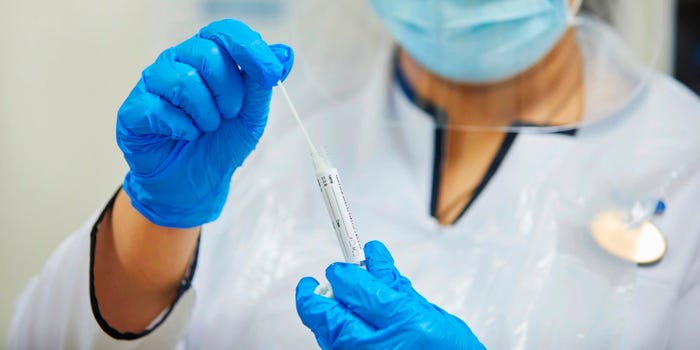BA.2: Subcurrent of Omicron
February 15, 2022
Over the two and a half years that COVID-19 pandemic has plagued the world, the virus has gone through several mutations. First came Delta, which mostly targeted those under eighteen due to the lack of available vaccines for those ages, and people over the age of sixty-five because this particular group is very vulnerable to severe illness. Then Omicron arrived, which had a much lower death rate, and was quick hitting, though, it was easily transmissible. And now the latest: a subvariant of Omicron known as BA.2, also nicknamed “stealth Omicron.”
Though there is not much data available, one Danish study, which has not yet been peer-reviewed, suggests that BA.2 is 33% more infectious. Since it is a new strain of Omicron, vaccines do not offer as much resistance, however, vaccinated people are still shown to be less likely to contact BA.2 than unvaccinated people. This new variant has been detected in at least 40 countries and in all continents except Antarctica. Denmark has been affected the most, with BA.2 accounting for 65% of new cases. As of January 24, 2022, other countries have had over 100 known cases, including India, United Kingdom, Sweden, Singapore, and the United States.
Most scientists at this point have lost hope in “herd immunity” in which enough people become immune against COVID-19 to the point where it no longer spreads. On the other hand, a more popular idea that has been discussed is “population immunity,” which will make the disease less serious for those who are or become infected in the future. “I can’t imagine COVID disappearing, but with all the population immunity, future waves may be small and fairly benign,” said Ira Longini, a University of Florida professor of Biostatistics and co-creator of the university’s omicron model. Longini said that Florida will most likely see a future where the virus that causes COVID-19 will become mild over time, much like the Spanish Flu.
Similarities between the original virus and current variants are that they all prey on immuno-compromised systems. Early on in the beginning, this was most deadly for the elderly, those with chronic diseases, or those with respiratory problems (As the lungs are one of the first organs to be targeted during infection). As more vaccines become available for public use, the threat that these viruses pose have decreased.
Thomas Hladish, a research scientist at the University of Florida in the Department of Biology says, “It’s a bit surprising at this point that Omicron wave is not dropping off more quickly. Our model predicted that omicron would be over at this point. Clearly, we are well past the peak, and we are not totally done with transmission. On the upside, BA.2 doesn’t seem to be more dangerous. Vaccines still offer protection and I think we can expect with those infected with the first omicron will not be susceptible to the new one.”
Signs point to the fact that BA.2 is far from the last wave of COVID-19, though, scientists point to the fact that while the virus may get more infectious, the cases themselves appear less severe on a daily basis. “Therapies and vaccines will likely evolve to offer better protection and response and minimize the disruption to lives,” concludes Dr. Elena Cyrus, an assistant professor at University of Central Florida College of Medicine.


